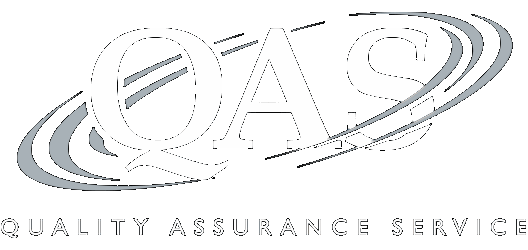GILTI High Tax Exclusion Final Regulations: Tested Units, Controlled CFC Groups
Note: CLE credit is not offered on this program
Recording of a 110-minute CPE webinar with Q&A
This course will provide CFC shareholders and tax professionals with a comprehensive understanding of the final global intangible low-taxed income (GILTI) High Foreign Tax Exclusion Regulations (T.D. 9902). Our panel of international tax experts will explain how the final regulations change the originally proposed regulations and how the newly issued proposed regulations (released with the final regulations) would combine the GILTI and Subpart F High Foreign Tax Exceptions into a single, unitary election.
Outline
- Background and tax policies underlying the application of the longstanding Subpart F Income High Foreign Tax Exception, and the new GILTI High Foreign Tax Exclusion
- Final July 2020 regulations
- Modifications from the 2019 proposed regulations
- Calculations and examples
- Retroactive elections
- July 2020 proposed regulations
- Planning opportunities
- Avoiding tax pitfalls
Benefits
The panel will review these and other important issues:
- How to calculate whether income is subject to a high effective foreign tax rate
- Understanding the ramifications of the "consistency" requirement
- When is it best to forgo the election to exclude high-taxed income?
- What savings opportunities exist before the effective date of the proposed regulations?
- What is a testing unit?
- Which taxpayers should apply the regulations retroactively?
- How does the use of foreign tax credits impact the decision to elect the exclusion?
- How is the Subpart F Income High Tax Exception impacted by these final regulations?
Faculty

Adam Chesman
Senior Director, Cross-Border Mergers and Acquisitions Tax Leader
RSM US
Mr. Chesman has broad experience in federal, state, and international taxation, including consulting, compliance, and... | Read More
Mr. Chesman has broad experience in federal, state, and international taxation, including consulting, compliance, and audit, with particular emphasis on structuring domestic and cross-border mergers and acquisitions, spin-off transactions, post-merger integrations, debt restructurings, bankruptcy workouts, and application of the consolidated return regulations.
Close
William R. Skinner
Partner
Fenwick & West
Mr. Skinner focuses his practice on U.S. international taxation, with a particular emphasis on tax planning and... | Read More
Mr. Skinner focuses his practice on U.S. international taxation, with a particular emphasis on tax planning and international corporate transactions. He has broad experience in international tax issues for U.S. corporations, foreign corporations, and high net-worth individuals, and has represented clients across a variety of industries. He teaches international taxation as an adjunct professor in San Jose State University’s MST program, and speaks and writes frequently on international and corporate tax issues.
Close
